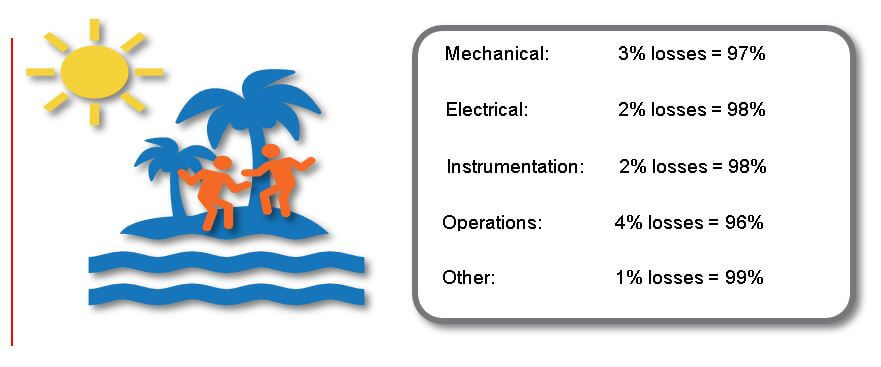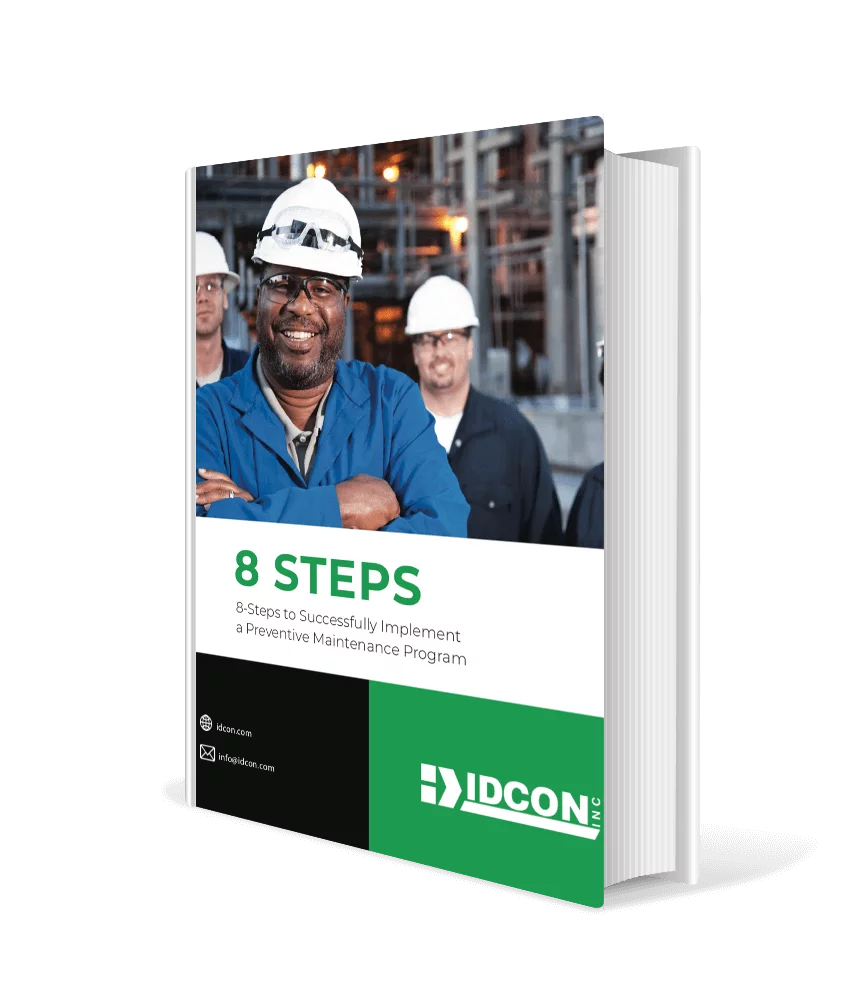Since the mid 1970s I have been preaching the importance of a partnership between Operations and Maintenance. I see it as Operations + Maintenance = Production. You could include also stores and engineering in this concept.
A true working partnership between Operations and Maintenance is one of the most important elements I have seen in all plants we’ve objectively rated as good or world class.
Other observations include:
- Long Term Consistent, Engaged and Visible Plant Leadership
- The Right People
- Well defined and implemented Work Management Processes
To form a working partnership, it is essential that partners work towards the same goal. The manufacturing goal is easiest measured as actual Quality Tons Produced/Capacity Tons and then act upon the gap with a focus of Where, When and Why instead of Who (Department).
I have been in many meetings where the focus of production losses has been to decide if the loss was to be classified as Operations, Mechanical, Electrical or Automation, and after that very few Root Cause Problem Eliminations (RCPE) have been done.
Some plants use Overall Equipment Efficiency to measure Reliability. This includes to measure % Quality x % Time x Speed.
Where:
- % Quality is yield or Quality tons made as % of total tons made.
- % Time is e.g. % of time a paper machine has “Sheet on Reel”. Based on 8760 hours a year
- % Speed is Actual speed of standard speed for respective quality or grade.
This is a good measurement if it is not done per department.
The following is a typical example from pulp and paper mills anywhere in the world where OEE is measured by department.
Interviewing different department heads, they were all happy with their OEE results varying between 97% to 99%. However if you disregard the departmental results and look at the total picture the actual Overall Production Efficiency (OPE) is only 88.5%.
Measuring OPE as a common Key Performance Indicator (KPI) for Operations and Maintenance is inclusive and a foundation for a good partnership between Operations and Maintenance and other departments as well.
To measure production efficiency by department leads to more finger pointing and silo thinking in organizations and inactions to improve. “If you do not improve you are not good anymore”

Figure: If reliability is measured by department, it tends to show high performance in all department, while the total reliability is quite low. This practice also encourages division and silo thinking instead of a partnership culture.





